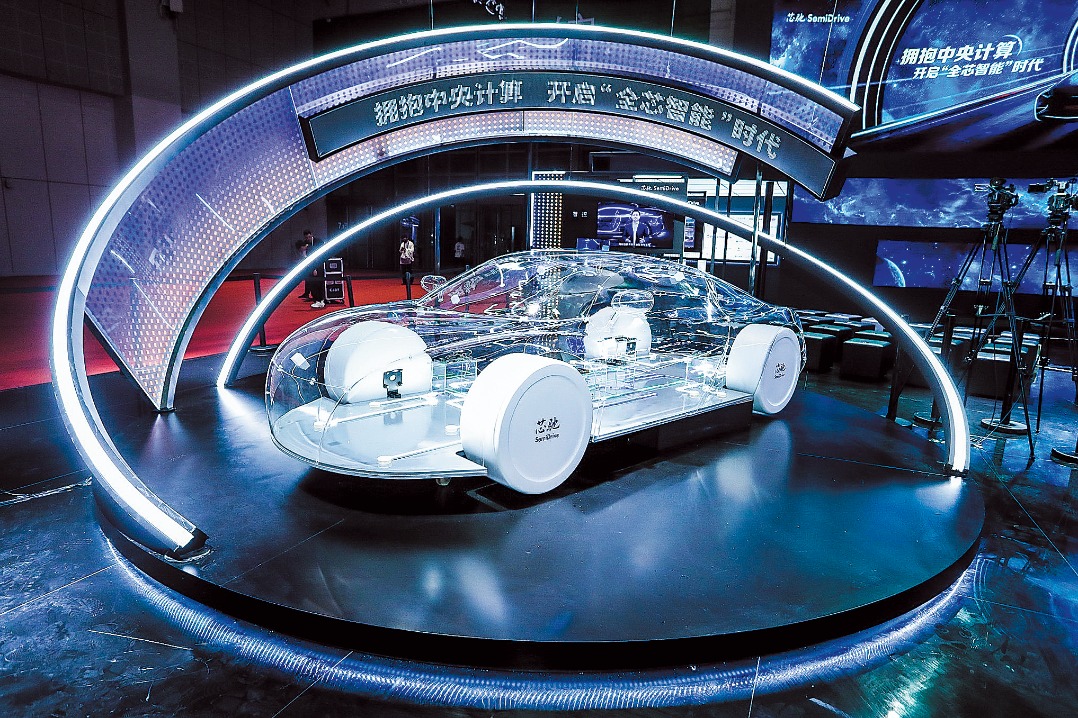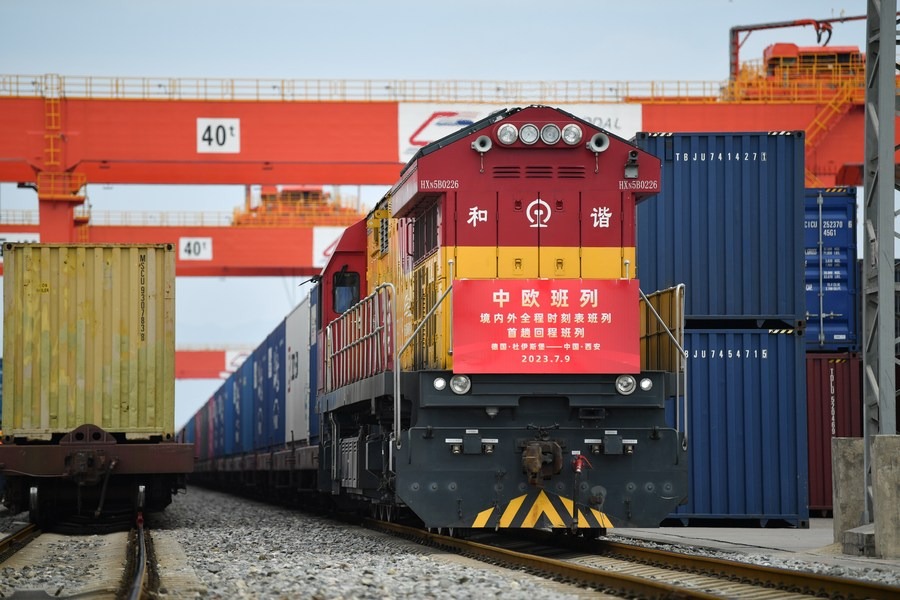China needs to respond to US chip moves


During his visit to the United States last week, Republic of Korea President Republic of Korea announced that companies from the ROK will invest a total of $39.4 billion in the United States, and most of the capital will go to the manufacturing of semiconductors and batteries for electric vehicles.
Before his visit, the ROK unveiled a $452 billion investment plan to upgrade its semiconductor manufacturing industry over the next decade. Reportedly, Japan is also considering a funding plan of the same scale for its semiconductor and battery industries.
Late last year, more than 10 countries in Europe issued a joint declaration to strengthen their cooperation on research and manufacturing of processors and semiconductors, vowing to invest €145 billion ($177 billion) in their development. And the European Union is considering founding a chip alliance involving almost all major companies from its members.
The US Congress is also working on a plan to improve the country's capacity in the R&D and manufacturing of semiconductors on US soil, involving an investment of $52 billion over the next five years. On May 11, the Semiconductors in America Coalition was founded, and it includes 65 major players along the semiconductor value chain.
For a long time, the semiconductor industry has thrived on the foundation of global cooperation. Europe provides lithography machines, the US is strong in design, Japan, the ROK and the island of Taiwan do a good job in assembling and testing, while the Chinese mainland is the largest consumer of the chips, putting them in electronic equipment and products exported to the global market.
However, the trade restrictions the US administration imposes on Chinese semiconductor companies has disturbed the global supply chains, prompting Europe to review its dependence on the US and Asia as well.
The US administration is trying to move Asia's assembling and testing capacity to the US soil, and relocate factories from China to Southeast and South Asian countries so as to shovel China out of the global semiconductor industry.
As such, although it is absolutely necessary for China to stress its independence in the semiconductor industry and core technologies, the country must avoid working alone behind closed doors.
To reshape the global supply chains in the semiconductor industry will not be easy for the US, as it will unavoidably inflate the production costs that will have to be paid by the consumers finally. China should open up its market, and take full advantage of its strengths as the largest supplier of final products to the world to try to overcome the US' trade barriers.
































